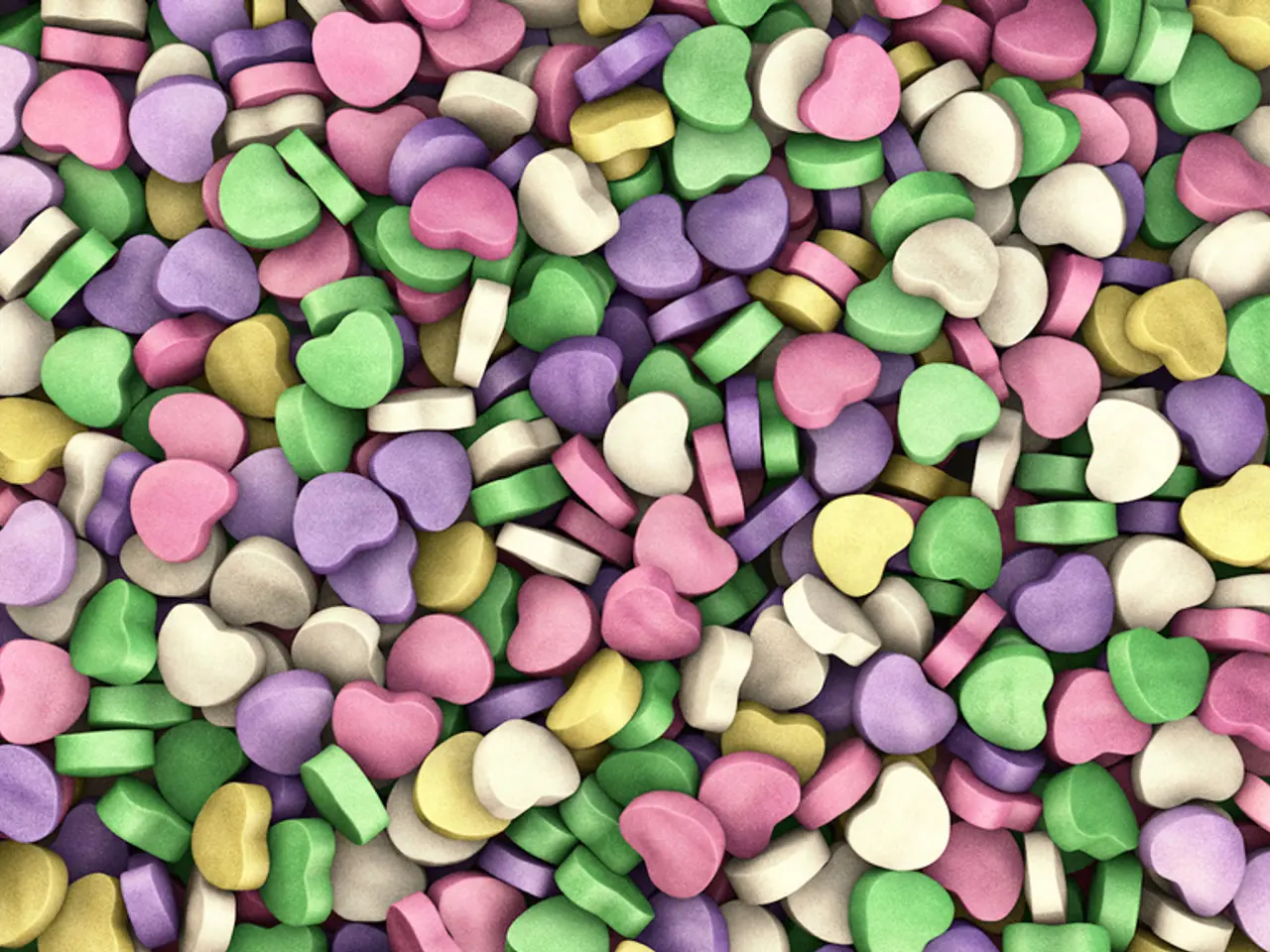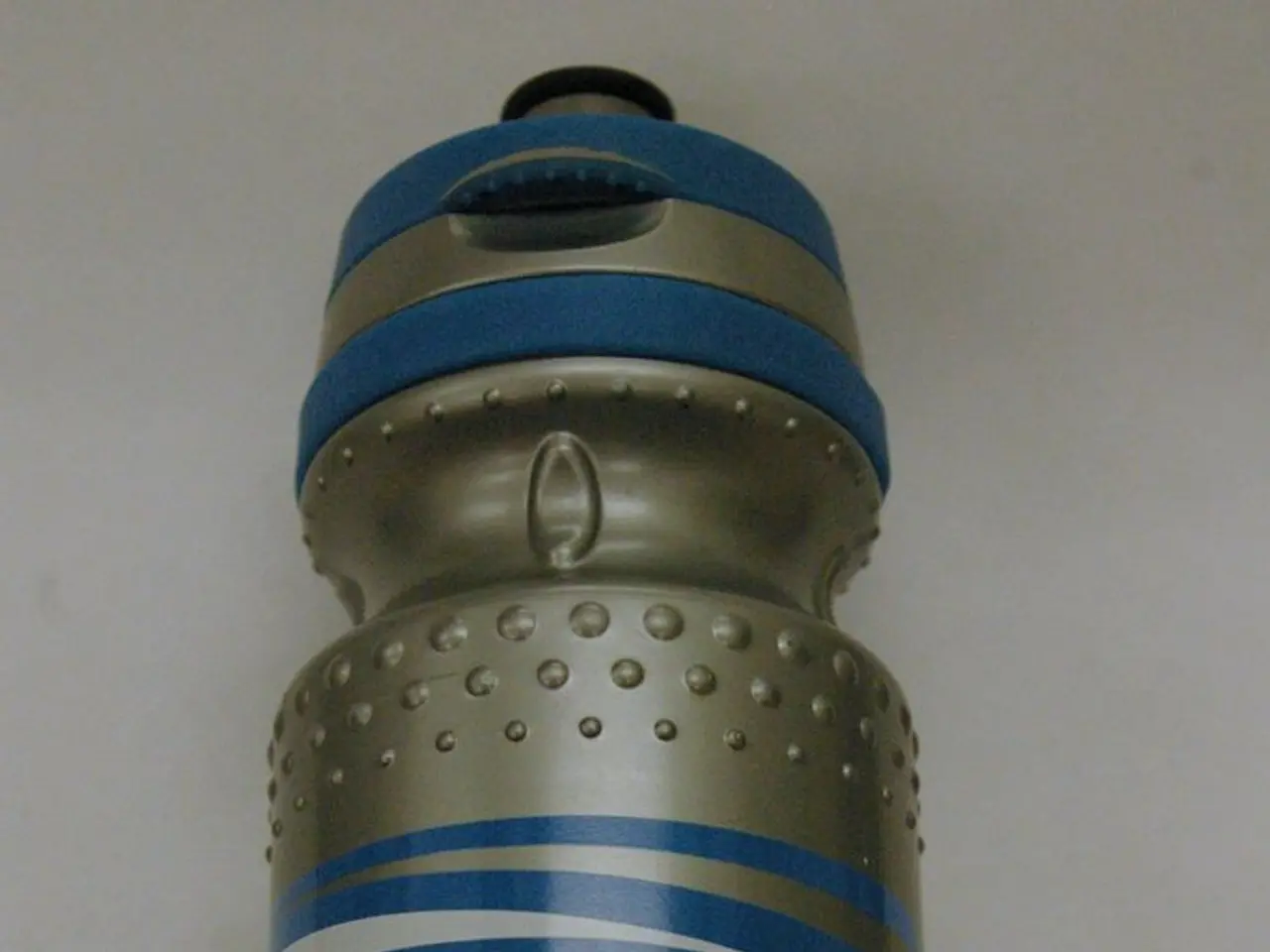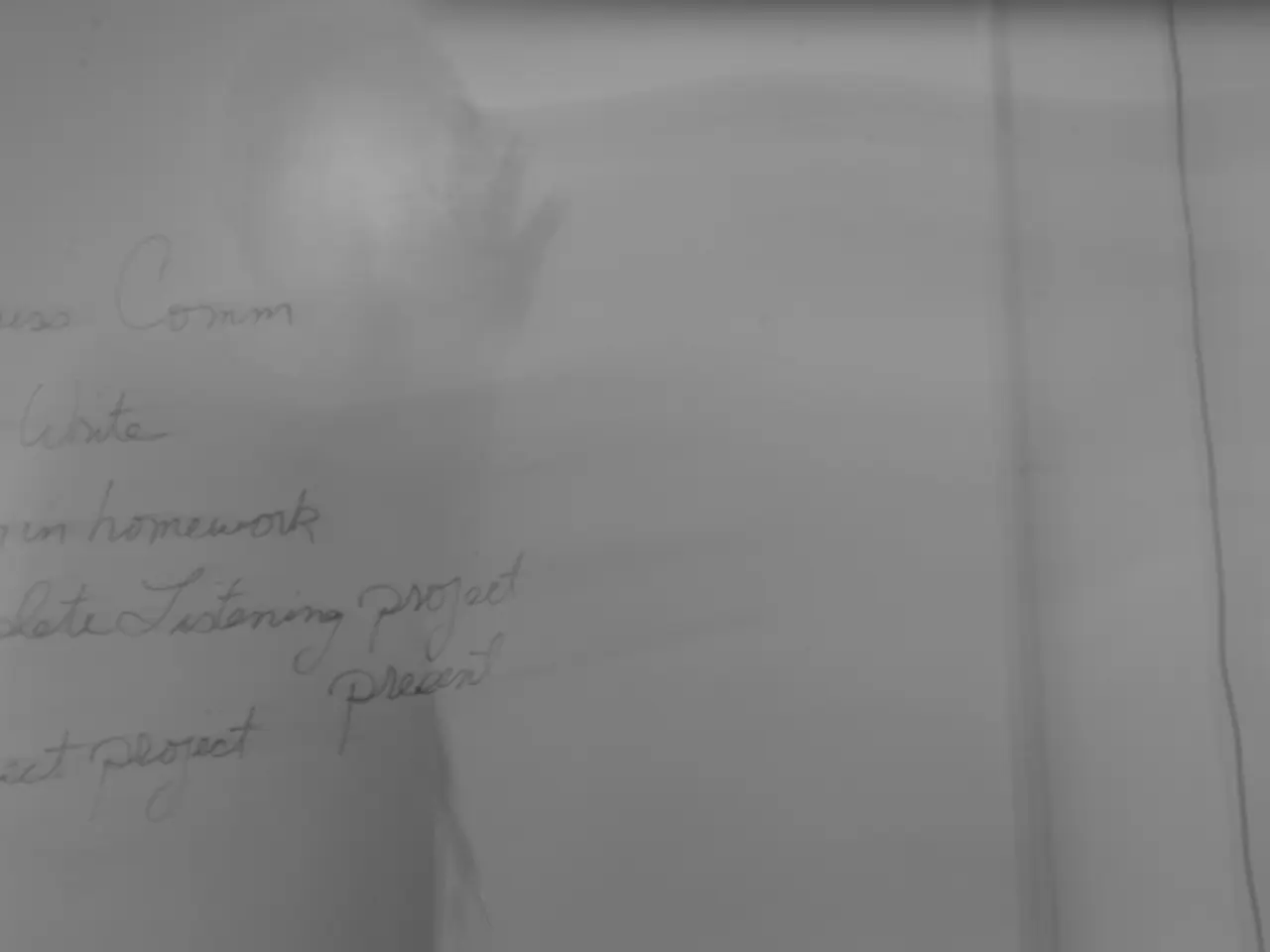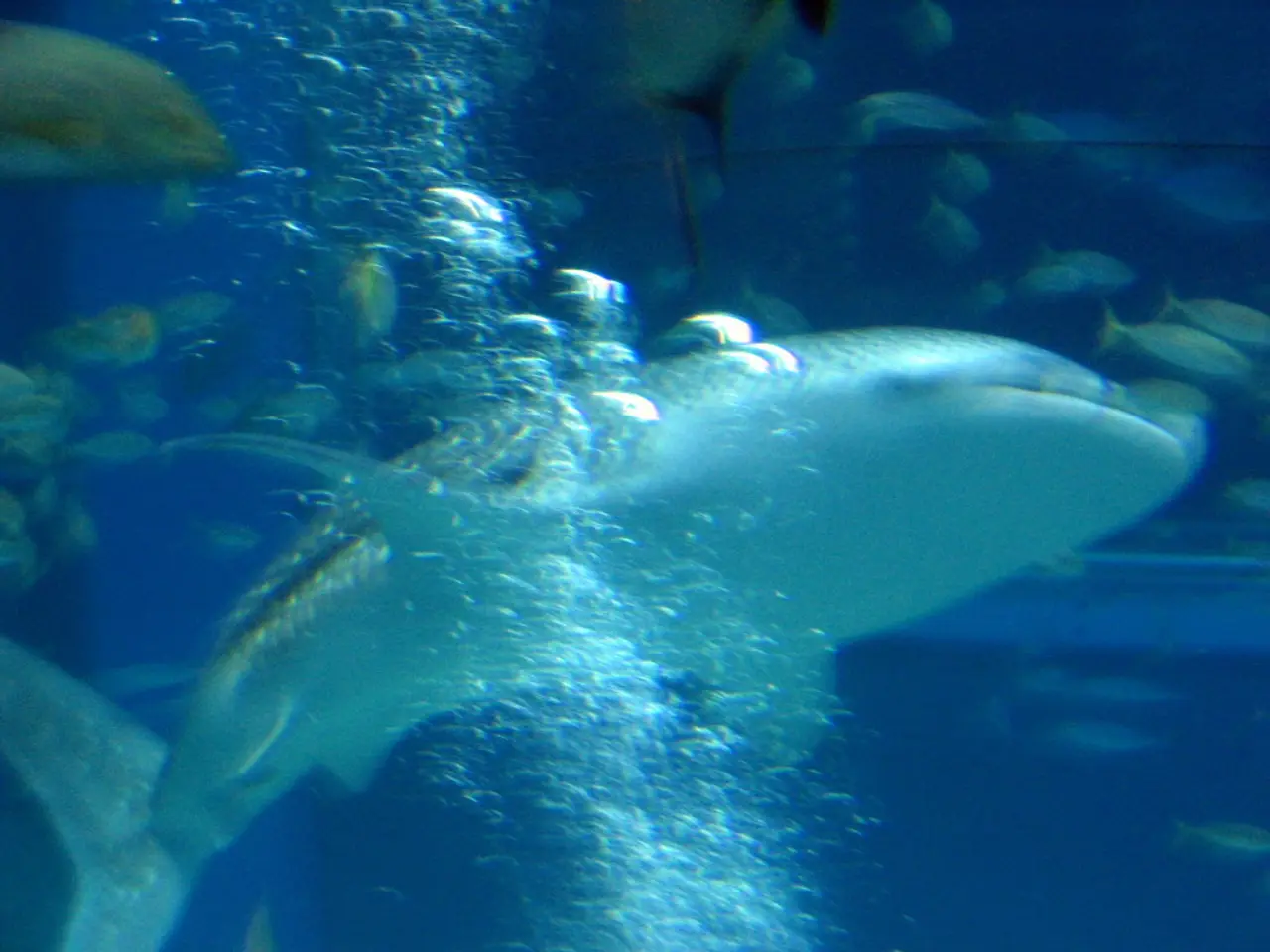Remarkable Advancement: Researchers Unveil Capacity of Heart Muscle to Renew and Repair Itself
In the realm of heart failure treatment, Left Ventricular Assist Devices (LVADs) have emerged as a crucial intervention, providing mechanical support to ailing hearts. While LVADs primarily function by reducing the workload on the heart, allowing it to rest and potentially recover, their direct impact on cardiac muscle regeneration remains a subject of ongoing research.
Cardiac muscle regeneration, a process essential for heart health, is often limited in adult humans due to the heart's minimal ability to regenerate itself. This slow turnover rate, insufficient to compensate for the sudden loss experienced during events like myocardial infarction or other cardiac diseases, has been a significant challenge in heart failure management.
LVADs, implanted in advanced heart failure cases as an interim solution pending transplantation, help circulate blood by bypassing natural pathways. This mechanical support could potentially enable cell division among adult cardiomyocytes, the heart's muscle cells, offering a glimmer of hope for new therapeutic avenues aimed at enhancing natural cardiac regeneration mechanisms.
Recent studies, including one involving tissue samples from LVAD patients, have demonstrated a remarkable increase in cardiomyocyte turnover rates, up to 3.1% per year. This is significantly higher than the usual annual renewal rate of ventricular cardiomyocytes in adults, which hovers around 0.5%. However, it is important to note that only about 25% of LVAD recipients benefit from this increase in cell renewal.
The impact of LVADs on cardiac muscle regeneration is not directly addressed in the available literature. While LVADs can significantly improve heart function and patient outcomes by providing mechanical support, the extent to which they directly influence cardiac muscle regeneration is not well-documented.
Despite the uncertainties, LVADs play a crucial role in managing advanced heart failure by providing long-term mechanical support. They are used as a bridge to heart transplantation or as destination therapy for those not eligible for a transplant.
As research continues, understanding why some patients respond favorably to LVADs could lead to widespread applications capable of reversing heart failure entirely. Molecular insights into myocardial recovery remain elusive but crucial for future pharmaceutical interventions.
In conclusion, while LVADs provide significant benefits in managing heart failure by supporting cardiac function, their direct impact on cardiac muscle regeneration remains unclear. However, the recent findings of increased cardiomyocyte turnover rates among LVAD patients offer a promising avenue for further investigation. Endogenous regeneration remains the most appealing option for boosting myocardial regeneration, and various strategies are under evaluation to achieve this goal.
- The increased cardiomyocyte turnover rates, observed in studies involving LVAD patients, could potentially provide insights into improving natural cardiac regeneration mechanisms for heart health and wellness.
- Ongoing research in science is aiming to understand the impact of Left Ventricular Assist Devices (LVADs) on cardiac muscle regeneration, which is essential for managing medical-conditions such as heart failure and cardiovascular health.
- In the field of medical-research, there is a growing interest in exploring the potential benefits of LVADs, not only for their role in supporting heart function but also for their possible contribution to enhancing cardiac muscle regeneration.




